|
By Alison Goldberger When I wanted to learn how to make salami I knew travelling to Italy was the only way to do it, so I booked onto the Advanced Salumi Course in Tuscany with Sapori & Saperi Adventures. The course was incredible, and I learned so much. I was also so impressed by Erica and her company that I asked her if we could collaborate. I’m a Scottish journalist and organic pig farmer but have lived and worked in Austria since 2015. Now I assist Erica with social media and online marketing. I absolutely love telling people about my time on her course and now I am excited to share with you why I think travelling with a local expert in 2022 (and beyond) can only enhance your holiday experience! Eat in incredible restaurants...and in private homes One of the most wonderful experiences I had was to dine in restaurants uncovered by Erica after years of eating and living in Tuscany. You can be guaranteed you’re not just eating in the restaurant all the other tourists found online! We were treated to dinner at Il Vecchio Mulino, where Andrea brought out course after course of exquisite local food. Many of Erica’s courses and tours also include meals in private homes. In Capezzano I was welcomed into Gabriella’s home where I ate the best seafood I’ve ever had. The freshest seafood cooked to perfection and an extremely warm welcome – it was an unforgettable experience. Learn how to make prosciutto as the artisans do Do you have a passion for prosciutto like I do? It’s unlikely you can just stroll up to any producer and they’ll tell you how it’s done. But when you travel with a local you certainly can, and they are happy to answer all your questions. When learning all about salumi in Tuscany I visited numerous artisans and gleaned the knowledge they’ve garnered over a lifetime. On these tours you’re also supporting these very small businesses, creating wonderful slow food with a passion you’re unlikely to find in large-scale producers. What’s more, you get to taste their incredible products! Savour products from small-scale producers You want to visit a local organic olive oil producer, or have always wondered how chestnut flour is produced, or perhaps gelato is more your thing? These were all requests during my course and every one was fulfilled! I took home a bag of chestnut flour after seeing how chestnuts are dried and milled. I sampled the best pistachio gelato at Cremeria Opera in Lucca and bought the tastiest new-season olive oil from Claudio Orsi of Alle Camelie. Erica has built up so many contacts across the region and she is happy to help visitors find what they’re looking for.
Erica drove us during our course so she was always on hand to answer questions and give us explanations about what we were seeing as we travelled. It was information born from a passion for Tuscany and gave us a wonderful insight into the history of the region as well as what it’s really like to live there. This is a feature of all tours and courses from Sapori & Saperi. For instance, on the Tastes & Textiles tours participants learn all about Lucca’s rich tradition of producing textiles. Meeting local craftspeople provides a wealth of knowledge you couldn’t get elsewhere! Did someone mention gelato I know one of my first thoughts when I think of Italy is gelato. We were taken for a quick pit-stop to sample some delicious gelato. It was actually in the Cremeria used for the Art & Science of Gelato course run by Sapori & Saperi. During that course participants immerse themselves in the icy world of Mirko Tognetti of Cremeria Opera Naturali per Gusto, Lucca. They learn his secrets and the science behind gelato and how to create their own flavours. Sounds like an absolute dream to me!
If you landed here by chance and would like to be notified of future posts, you can sign up here. If you’d like periodic news about our tours and courses, sign up here. This blog was originally published on Slow Travel Tours on 20 January, 2019.
0 Comments
The etymology of the Italian word antipasto is ‘anti’ meaning before and ‘pasto’ meaning meal. My Italian-Italian dictionary adds that they are served before the beginning of the true and proper meal. So, how much can you eat right before you eat a ‘true and proper’ Italian meal? Remember that it consists of two courses, the primo or first course and the secondo or second course. The second course may have side dishes, contorni, and is often followed by the dolce, or sweet course. The Italians I know have differing opinions about the correct number of antipasti (plural of antipasto) to be served at a ‘true and proper’ meal. Stefano of Cantina Bravi in the Garfagnana can’t bear to serve fewer than seven. Nor can Agriturismo L’Orto in Sardinia (if you count the olives). Despite my begging her to reduce the number, Gabriella ignores me and continues to produce five at the seafood dinners she prepares for my salumi courses in Tuscany. Which would you choose? Returning to the dictionary, it says the antipasti are supposed to whet the appetite. Personally, I find more than one puts a damper on my appetite for the rest of the meal, and finally I’ve found some Italians who agree with me. I invited Marzia (one of my cheesemakers) and her husband to dinner last night. Since I figured one antipasto would never satisfy an Italian, I decided to serve three. A bit meagre, I knew. By the time we got to the secondo, a stuffed roast guinea fowl, they said they were already full. They declared that antipasti kill their appetites, and they could easily do without any. I must remind them next time my cheese course is at their house for dinner and they serve seven antipasti!
Back to my question: how many can you eat? If you landed here by chance and would like to be notified of future posts, you can sign up here. If you’d like periodic news about our tours and courses, sign up here. This blog was originally published on Slow Travel Tours on 31 March, 2019. By Alison Goldberger 2020 is definitely a year none of us will ever forget, that's for sure. It all started off so promisingly with lots of excitement about meeting all of you who had booked on a tour or course! Of course we all know how it ended—with a year very difficult for a small tourism business. Although we were disappointed we had to cancel many tours and didn't get to meet you, we were buoyed by all your messages, interaction on our social accounts and hope you enjoyed the virtual tours we ran. And of course, it wasn't ALL bad, and Erica and I have survived the year in good health! So we'll start our review at the beginning, before we had even heard of the virus that would characterise the year... January One of our first posts on Facebook was this stunning photo taken from Erica's window. She captioned it: 'The view from my window. Must be a good omen for 2020!' It makes me laugh a little now looking back at this. As I said in the introduction, 2020 started off great! The Art & Science of Gelato course got into full swing and we welcomed the super talented Sorravee 'Gin' Pratanavanich. Gin had grand plans, after learning with us she was due to head off to take up a chef internship at a hotel in Abu Dhabi. Looking ahead, Gin would like to open a pastry shop and gelateria in Bangkok. We were also delighted to be able to run the Advanced Salumi Course Tuscany in January. Two of our artisans met during this course, Mirko who leads the Art & Science of Gelato course learned how to make salami from artisan norcino Massimo Bacci. Mirko wasn't the only one learning however. We met lots of interesting participants during the January Advanced Salumi Course Tuscany. Here we see them learning all about knots. Knots are important to hold things in place and to squeeze air out. To produce a nice looking product, you need to tie tidy knots. And as you can see, our participants were taking this very seriously! On the blog in January we also shared a beautiful piece by Lin Hobley about her experiences of the Tastes & Textiles: Woad and Wool tour. Read it here. February February saw us on the Advanced Salumi Course Bologna-Parma. We left Tuscany for Emilia (the northwestern part of Emilia-Romagna). This region of Italy is particularly famous for not one, but two delicious types of salumi— Prosciutto di Parma and Mortadella di Bologna! Check out the blog post here for more pictures and information about what happened during this tour in February! March March of course brought with it COVID-19, and in Italy things became serious very quickly! It was still an unknown entity in March, and we weren't sure how things would play out. We welcomed a couple of intrepid souls onto the Advanced Salumi Course Tuscany in March, in what would be the last course for a while! We were still hoping that things would all blow over but were concerned about the impact the travel bans would have on those looking to come on courses and tours in the near future. Anyway, Australian vodka producer Katie Krauss and American head chef Seamus Platt joined us. They managed to learn everything the course had to offer before dashing off on the last flights home! Erica quickly had to get used to life under lockdown, long before many other countries started to introduce such measures. It did, however, result in her having a bit of an adventure! As flights started to get cancelled across Europe, one unexpected result was the car of some friends trapped in the Pisa airport car park, which was due to close. After calling in various favours the car was freed...read exactly how in the blog post here or click the car image above! It also allowed for a bit of cooking and exploring the beautiful surroundings outside her door. More information and pictures are here in the March round up blog post. Across Italy people started to pull together in the face of tough lockdowns, travel bans and an unknown virus. Many sang and played music from balconies and out of windows. Antonio Daniele, head cheesemaker at Caseificio Prime Querce, and one of the artisans who teaches our Mozzarella & its Cousins course made this graphic and said: 'We must withstand and fight. We'll come out of this stronger than before.' April In April we started to adjust to the new normal. For Erica, even cooking dinner turned into an epic adventure! This meal took her on a journey to remember people she'd met along the way and about the history of the ingredients. It really is a fantastic story, you can read the whole thing here - or by clicking the image above. Lockdown meant Easter alone for Erica, but her neighbours certainly wouldn't see her starve! She wrote in a Facebook post: "Under lockdown they couldn't invite me to eat with them. At 11.30 am the doorbell rang. It was Eugenia with three slices of pie with different fillings—rice, lemon and chocolate. At 12.30 the doorbell rang again. It was Daniela bringing her homemade tortelli and sugo. I was only planning marinated and grilled goat chops with cannellini beans and insalata with local red wine. Now I had a three-course lunch. Such kindness and generosity, and I certainly didn't feel alone." In April we also ran one of our first 'virtual tours' to give you all a taste of what you would have been experiencing, had you been allowed to visit Italy. We all travelled around Sardinia on the Celebrating Sardinia tour and had a great time! You can read the whole thing for yourself in the blog post here, or by clicking the image above. May In May we would have been running the Theory & Practice of Italian Cheese course, but that was not to be of course. So we also offered a little preview on Facebook. We visited Enea Giunti's goat farm and learned how to make fresh goat cheese. We stayed at Agriturismo La Torre at Fornoli and met Vitalina who shared her extensive knowledge of cheese making. We milked cows at Marzia Ridolfi's and drove up to Daniela Pagliai's to see her small modern dairy and how she makes a number of different cheeses from one pot of milk. And all this in the company of Maria Sarnataro, a real expert on cheese! Read all about what else we saw in the blog post here. The Tastes & Textiles: Woad and Wool tour was also meant to run in May, but instead we ran it as a virtual tour. It was a fascinating tour with so many interesting sights and photos, which you can see here in the blog post. June Another month and another virtual tour, this time it was the Tastes & Textiles: Hanging by a Thread tour. Card weaving, farm accommodation, vineyards, Garfagnana potato bread, knitting, felting, weaving, wonderful food, an ethnographic museum, a woolen mill - it was all there and more. Read all about it in the blog post here. After the tour Erica shared some of the delicious meals she'd been making. She had been experimenting with ricotta. The people who sell it in the open-air market won't sell a small amount. She has to buy a whole one. This spring she tried this simple sauce for short pasta made with fava beans (broad beans) and ricotta - delicious! The classic dish everyone around Erica makes with ricotta is ravioli. She said of this meal: 'I have a lot of chestnut flour in my freezer—gifts from friends who collect, dry and mill their own. I made pasta di castagna (about 1/3 chestnut flour) with a filling of fresh ricotta, young nettle tops, an egg, salt, pepper, nutmeg. The slightly bitter nettles contrast well with the sweet chestnut flour. The sauce is simple melted butter with fresh sage leaves.' This recipe in particular got my mouth watering! There is a self-seeded cherry tree hanging over Erica's orto (veg garden). In June it produces a small crop of mildly sour cherries. Every year she makes one focaccia with the cherries, but it never turns out exactly the way she wants it. Until this year. It's exactly the thickness and degree of sweetness she'd been searching for. Persistence pays off! July and August With some restrictions lessening in Italy, Erica took the chance to do some travelling! At the end of July she headed off to Pompei. She first saw the sights of Napoli and was welcomed by her collaborator on the cheese courses, Maria Sarnataro. First they tried some tasty delicacies, including the famous sfogliata. While in Pompei Erica hired a wonderful private guide, Francesco Tufano, an archaeologist who could answer all of her questions and more! Read all about the trip here in the blog post. The second half of Erica's trip took her from Pompei to Salerno where she and Maria visited some mozzarella dairies. She was very impressed when she visited Caseificio Barlotti and met brothers Enzo (pictured) and Gaetano Barlotti. She hopes to bring future participants on the Mozzarella & its Cousins course for a tasting in their beautiful garden. She had some samples of his bocconcini, ricotta and a new brie-style cheese, all made with the milk of their own buffalo herd. The mozzarella and ricotta are among the best she'd tasted. Read all about this part of the trip in the blog post here. Erica also took a research trip to Le Marche for the Tastes & Textiles: Woad & Wool tour. It's during these types of trips she meets the artisan's we visit on tours and finds the incredible restaurants we dine in! Perhaps you don't know where Le Marche is. Le Marche means 'The Marches', which in English refers to an area of land on the border between two countries or territories (eg, the Welsh Marches). In fact, Le Marche borders three other regions, Emilia Romagna, Tuscany and Umbria, with the Adriatic Sea to the northeast. Before the unification of Italy in 1861, they had a lot of borders and ports to protect, which means lots of spectacular fortresses and castles to visit! This photo above was one of my favourites from the trip, showing masked men waiting for their wives to finish shopping in Urbania. During the trip she also met some fascinating people, including Federica Crocetta, who has a passion for dyeing textiles with natural plant dyes, and Emanuele Francione, who learned the craft of textile block printing with rust from his grandfather. Read all about the tour in the blog post here. September In September Erica was back home, and making passata! You can read all about it in the blog post here, or by clicking the photo above. There was also some excitement for Mirko, who teaches the Art & Science of Gelato course as he opened a new Cremeria Opera just outside the walls of Lucca. Erica and Mirko had a little celebration...wearing masks of course! October In October Erica attended a fantastic lunch cooked by her favourite Lucca chef Damiano Donati. She said: 'His restaurant in the centre closed during lockdown. I was forlorn. Now he's popped up at Fattoria Sardi vineyard better than ever. He calls his fixed menu for Sunday lunch Fuoco e Materia (Fire and Matter). He was always fascinated by contrasting textures. Now he has a wood-fired oven in his kitchen and is playing with smokey flavours too, and it works. Here he is relaxing on the terrace after lunch. The dishes included: squash cooked two different ways and wrapped in chestnut leaf parcels, beetroot risotto, chicken stuffed with pork accompanied by smokey crushed potatoes. If you opt for the wine tasting, you get a different delicious biodynamic wine paired with each course.' There was also a little time to squeeze in some truffle hunting for a private tour! Truffle hunter Riccardo instructed Brendan in how to use three of his senses—sight, smell and touch—to assess whether the truffle is poor, mediocre or excellent. This 66 gram truffle is excellent, and after his truffle lunch with his wife and child, he decided to buy it so they could go on indulging in truffles for the rest of their holiday. We were also delighted to be able to hold a REAL LIFE Art & Science of Gelato course in October! We welcomed Niels, chef on a super-yacht. On the October course we teach how to make sourdough panettone as well as gelato so you know how to do it in time for Christmas. For his unique flavours Neils created pineapple and rosemary sorbetto, date and whisky gelato and Piña Colada sorbetto! November In November Erica went to Frantoio Lenzi to get her year's supply of olive oil. At the height of the harvest, frantoi (olive mills) are open 24/7 and it's always chaotic. She picked up bag-in-box new oil. You can recycle the box, but not the bag. However, by excluding air it keeps the oil from oxidising so rapidly and preserves the health benefits and the flavour for longer. The oil is fruity (tastes like olives!), medium picante and medium bitter. Her conclusion: a nice rounded flavour. 2020 would have brought us the first participants on our new Olive Oil: Tree to Table in Tuscany course, but it was not to be. Nevertheless, we ran a virtual tour to whet your appetite! Read all about it in the blog post here. December One of the most popular blog posts of the year was about the abandoned farm houses of Casabasciana. Wonderful photos and stories, can be seen in the blog post here. The year wound down with a poignant blog post featuring a video about the death of peasant farming. It was made by farmers in Umbria, but it could have been made anywhere in Italy—or in many other countries in fact. We visit many small farmers during tours and one of the things that was important when setting up Sapori e Saperi Adventures was to help preserve this way of life. You can watch it in our blog post here. After such a trying year it was nice for Erica to join her local community to decorate the village Christmas tree, a long-standing tradition which was just a little different this year.
We hope you have had a healthy 2020 and wish you all the best for 2021. We'd love nothing more than to welcome you onto one or more of our tours and courses. Get in touch with Erica at [email protected] for more information or for answers to any questions you may have. If you landed here by chance and would like to be notified of future posts, you can sign up here. If you’d like periodic news about our tours and courses, sign up here. By Alison Goldberger In February we took off from our base in Tuscany to head to Emilia (the northwestern part of Emilia-Romagna). This region of Italy is particularly famous for not one, but two delicious types of salumi— Prosciutto di Parma and Mortadella di Bologna! This is why a group of eager students joined us to learn how to make these incredible products for themselves on our Advanced Salumi Course Bologna-Parma. During our induction we dove right into WHY we learn here and discussed artisanal production vs la Grande Industria. We met passionate farmers Giorgio & Claudia Bonacini at their farm, Il Grifo, near Reggio-Emilia. They are the definition of artisanal production. As we toured the farm where they rear Mora Romagnola pigs we heard about how they keep the whole production cycle at home and how they farm their 65 hectares biodynamically. They showed us the Modena cut, how they make salami, mortadella and the method for salting whole pieces. We also had the chance to inject a coscia (leg) with flavoured brine to make prosciutto cotto, but we didn’t have time to cook it. We think it would have tasted absolutely wonderful though! As soon as you ask Giorgio a question, he grabs a pen and sheet of paper and starts illustrating what he's talking about. We sometimes joke that we'll mount an art exhibition of his drawings! One of the parts of the course the students found really interesting was sitting around a table with him and learning how fermentation works. Giorgio loves the science behind curing and fermenting and this passion really rubbed off on our students! We also visited the Brianti family where Aldo and his son Luca rear free-range Nero di Parma pigs and Piemontese cattle on their organic farm. The guys gave us a run-down on a range of salumi typical of Parma—with a break to enjoy Sunday lunch with the family! Here’s a special piece of salumi by the Brianti’s, Fiocco di Santa Lucia. The photo on the front is Luca’s youngest daughter Marika. The fiocco is usually made from one of the leg muscles, but the Brianti’s have started curing one of the shoulder muscles, which they are also calling fiocco. It means ‘ribbon’, so a muscle that is longer than it is wide! Classic prosciutto di Parma was taught by Maurizio Cavalli. He and his family cure and age the Brianti’s prosciutto. In addition to prosciutto, they also produce coppa, culatello, culaccio and fiocchetto. It’s not all about salumi on the course though. We love to give our guests a real taste of the particular parts of Italy we visit. So we also paid a visit to Acetaia del Cristo where we learned all about the production of aceto balsamico tradizionale di Modena DOP. Yes, it requires all those words to distinguish the true balsamic vinegar, which takes 12 years to be ready to bottle, from the aceto balsamico IGP, which takes only three months. We tasted it too of course—and discovered for ourselves the huge differences between the two!
Phew! If this has whetted your interest, take a look at our website for more information. And sign up to our newsletter to be the first to know the dates for 2021! |
Email Subscription
Click to subscribe to this blog and receive notifications of new posts by email. AuthorErica Jarman Categories
All
Archives
October 2023
|
|
copyright 2017 sapori-e-saperi.com | all rights reserved
|
Website by Reata Strickland Design

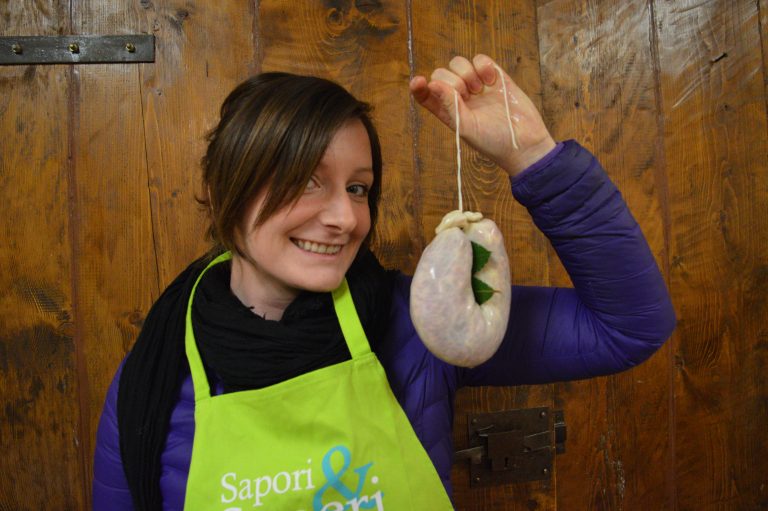
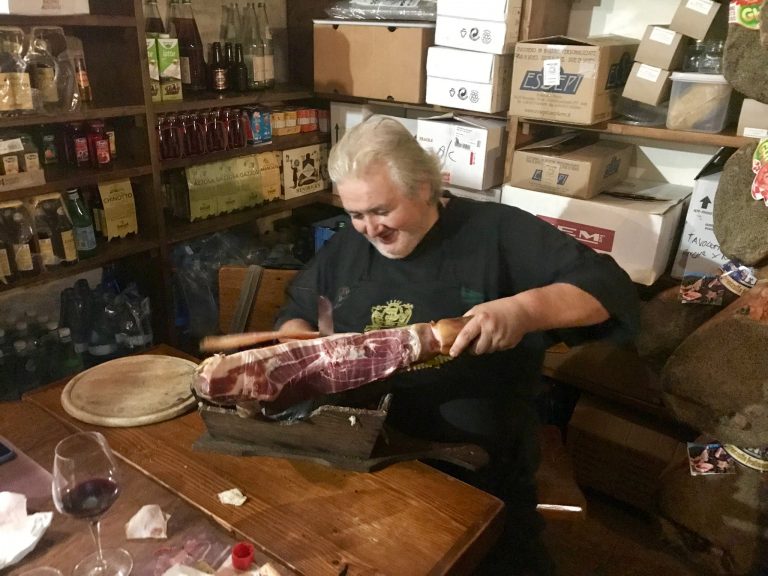
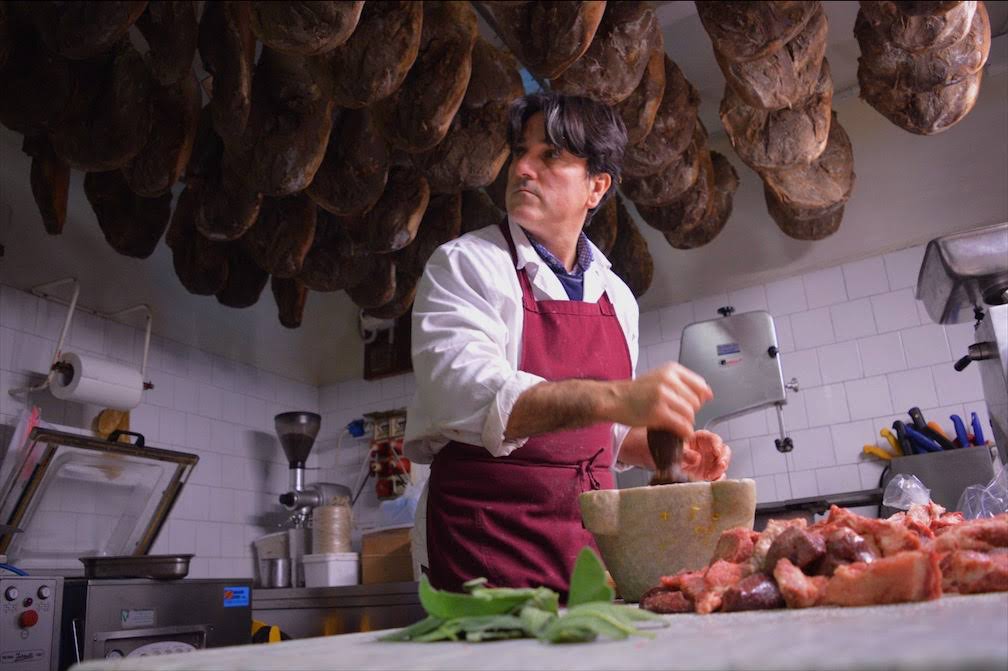
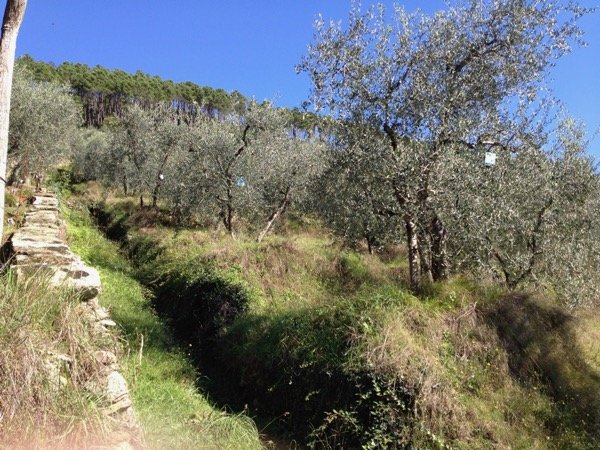
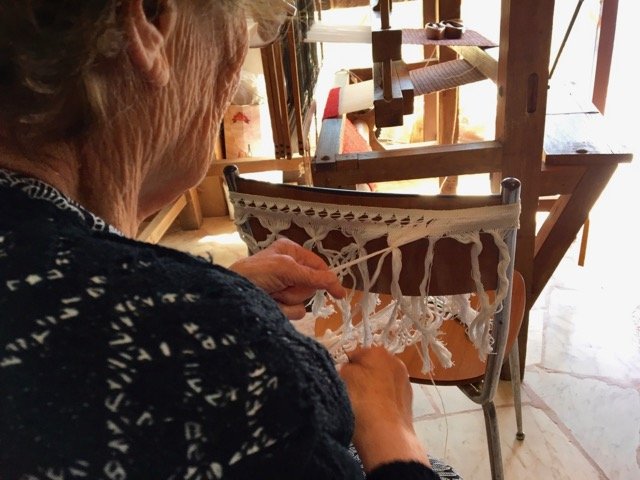
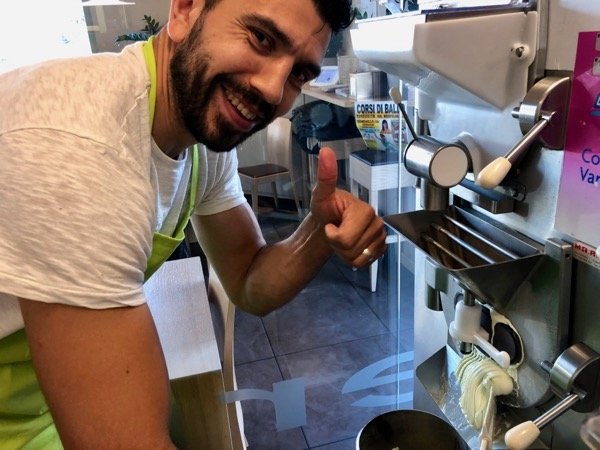
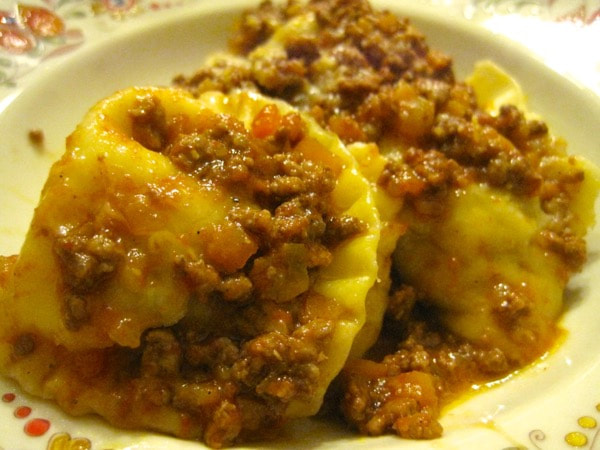
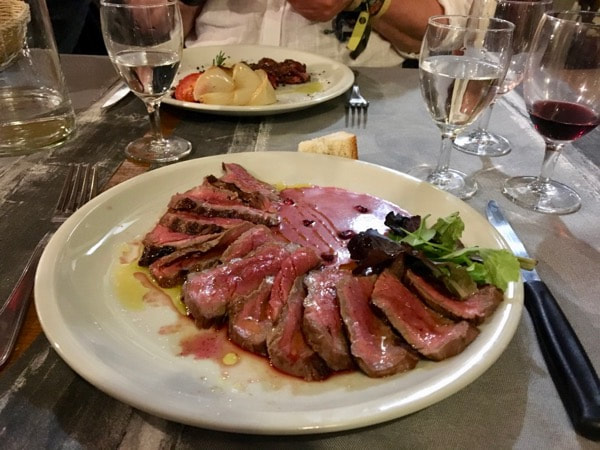
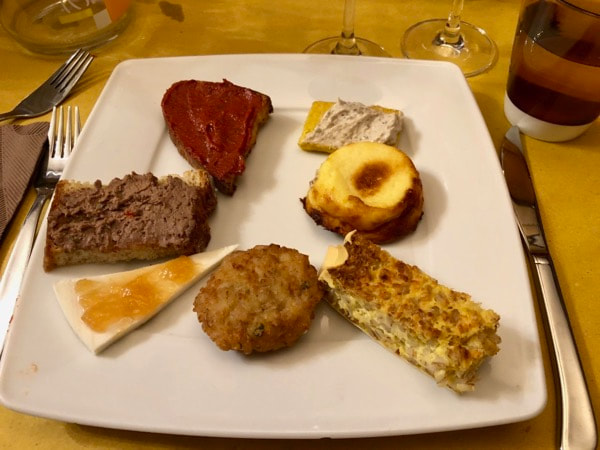
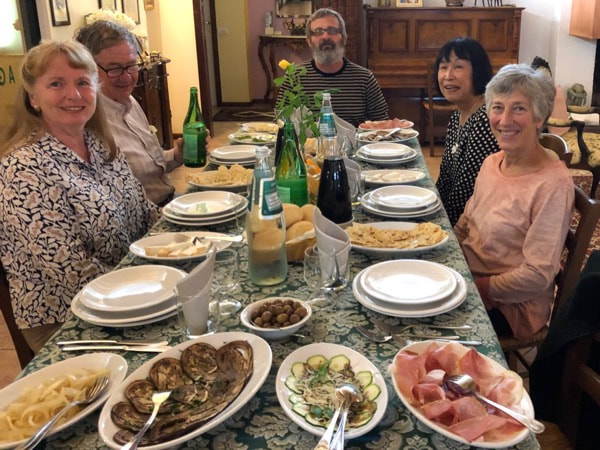
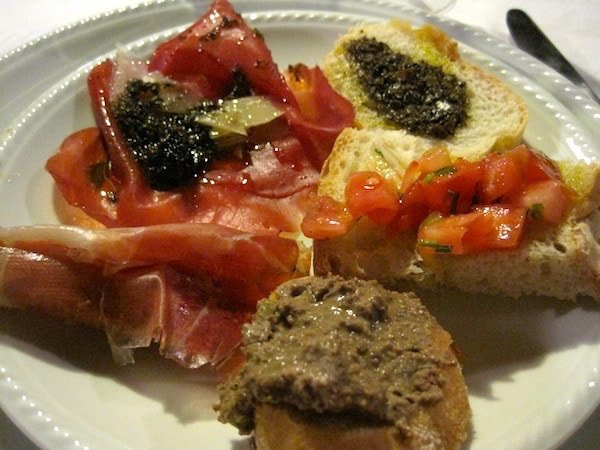
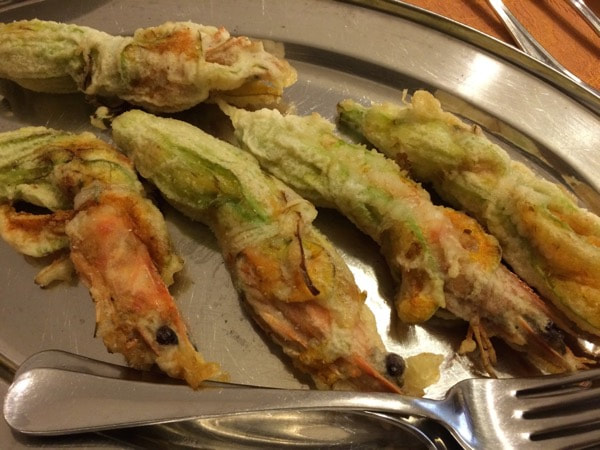
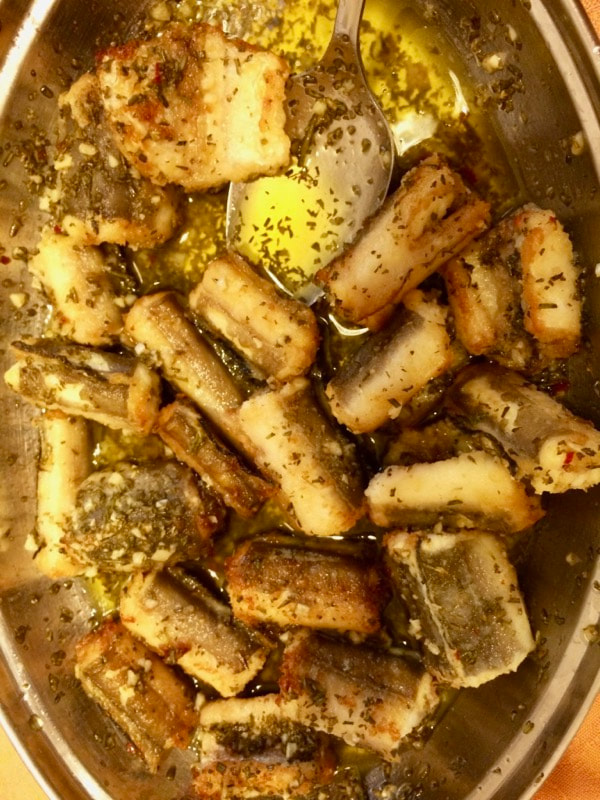
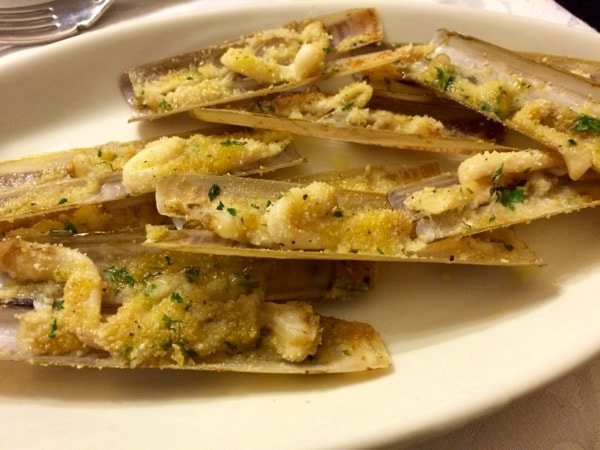
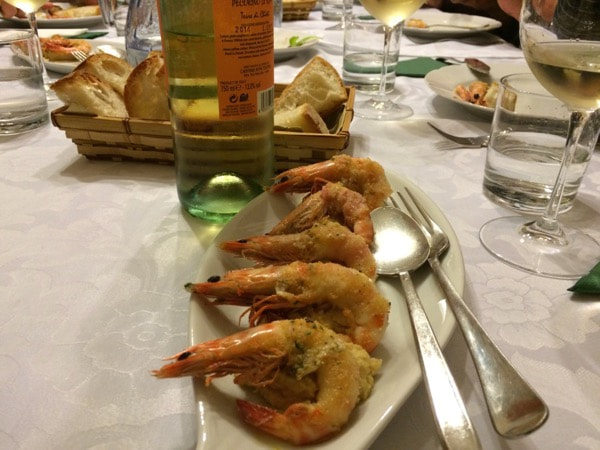
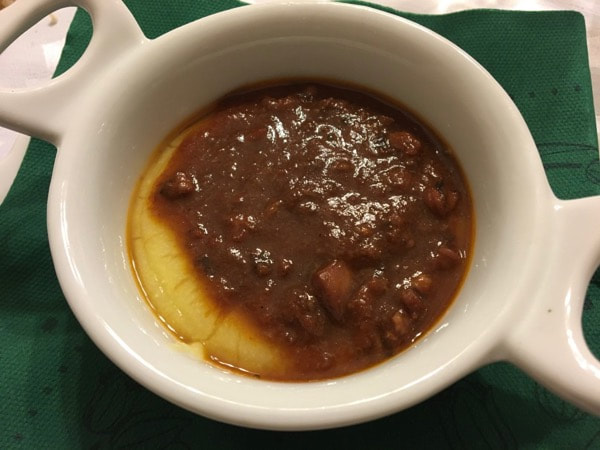
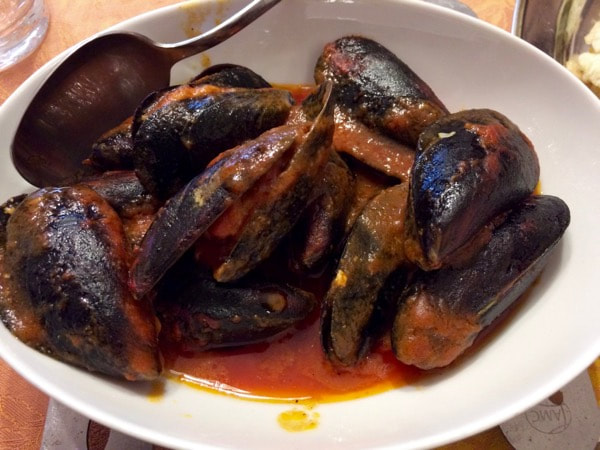
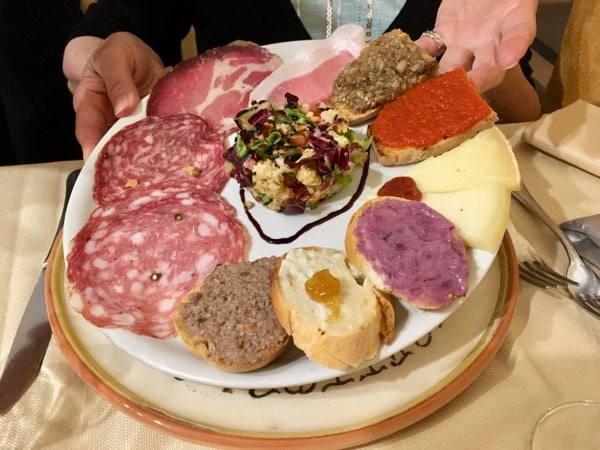
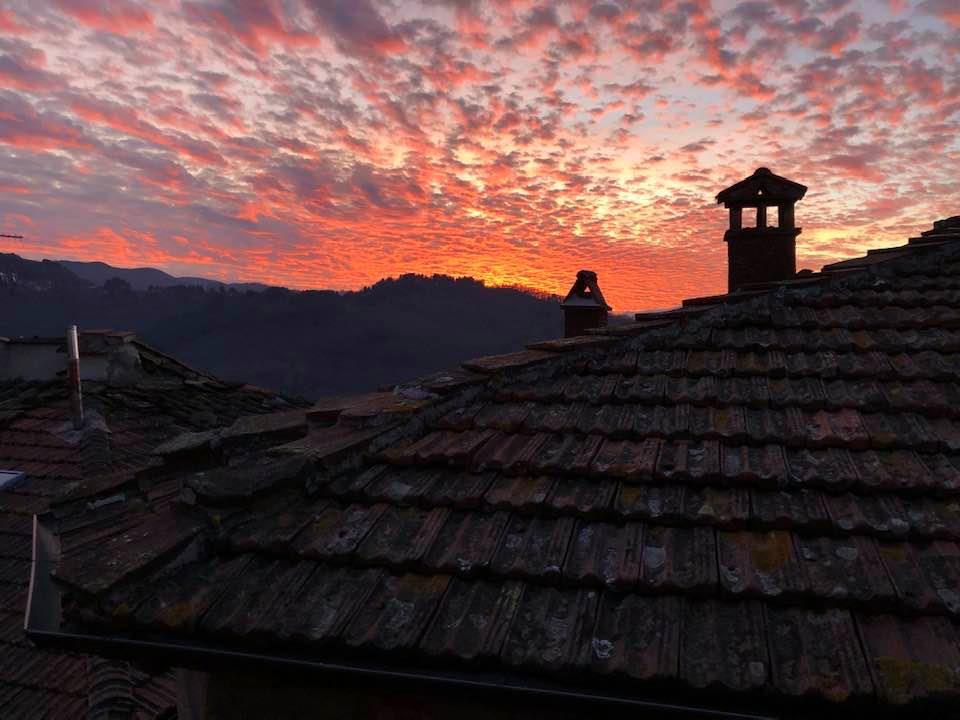
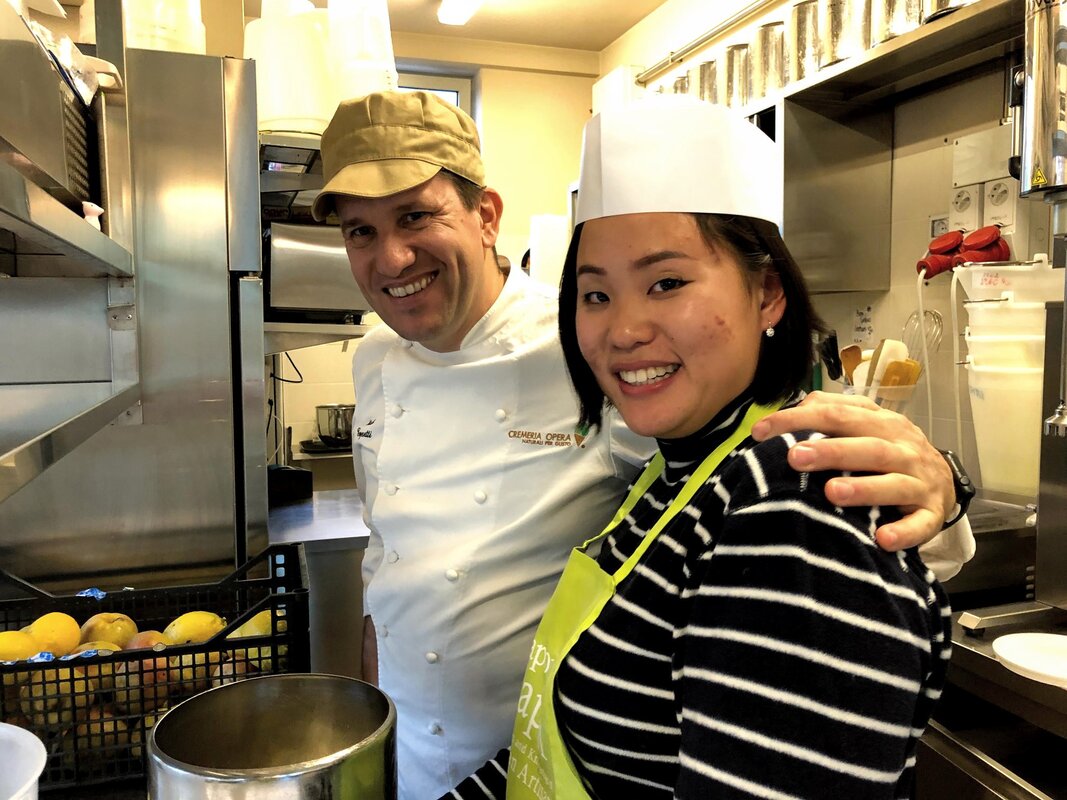
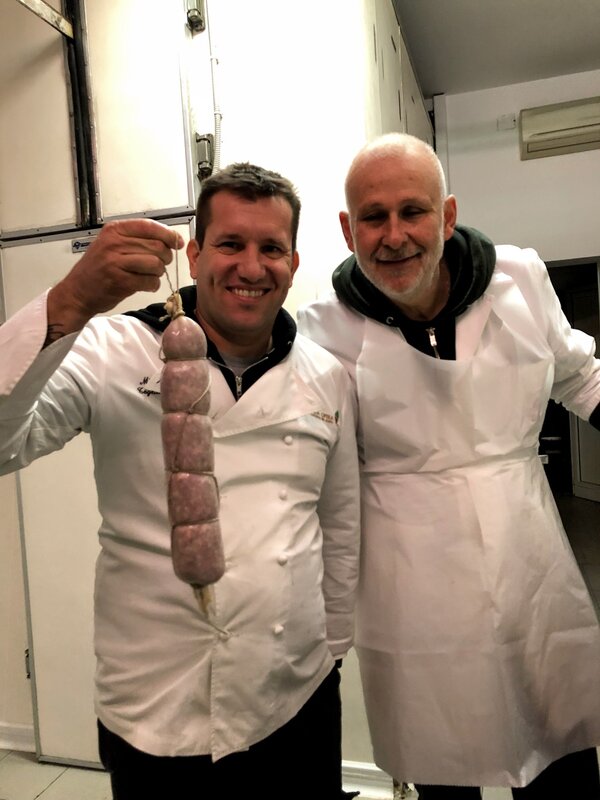
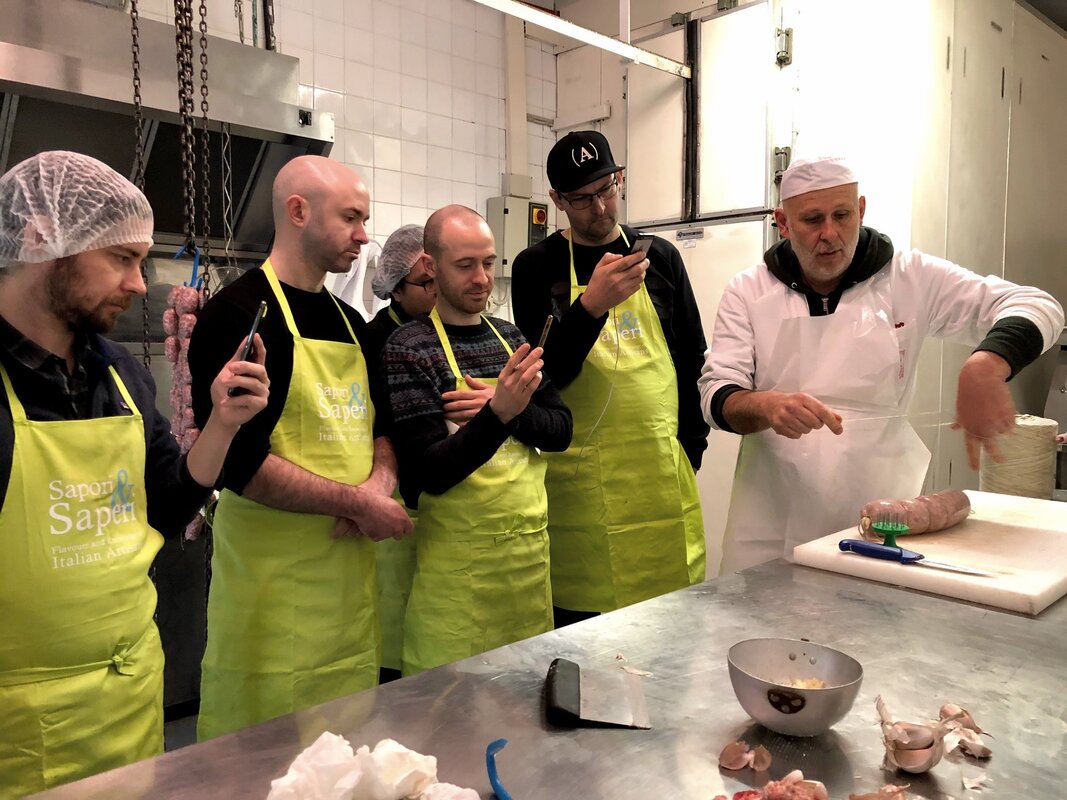
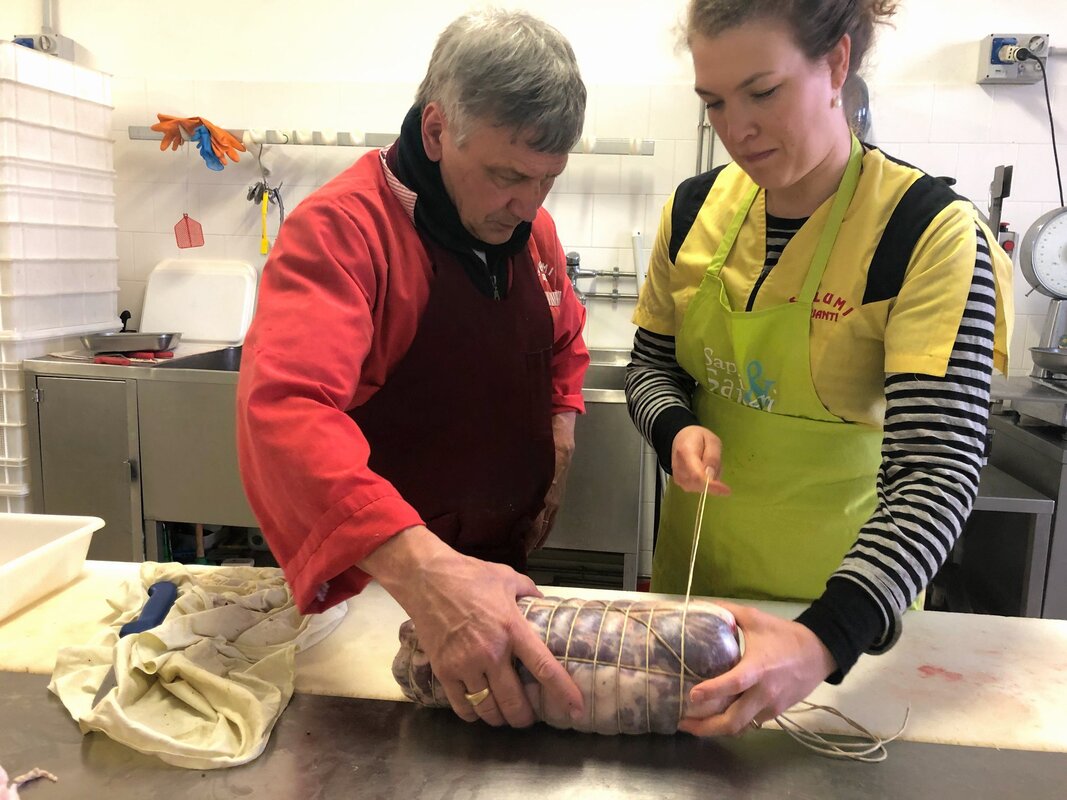
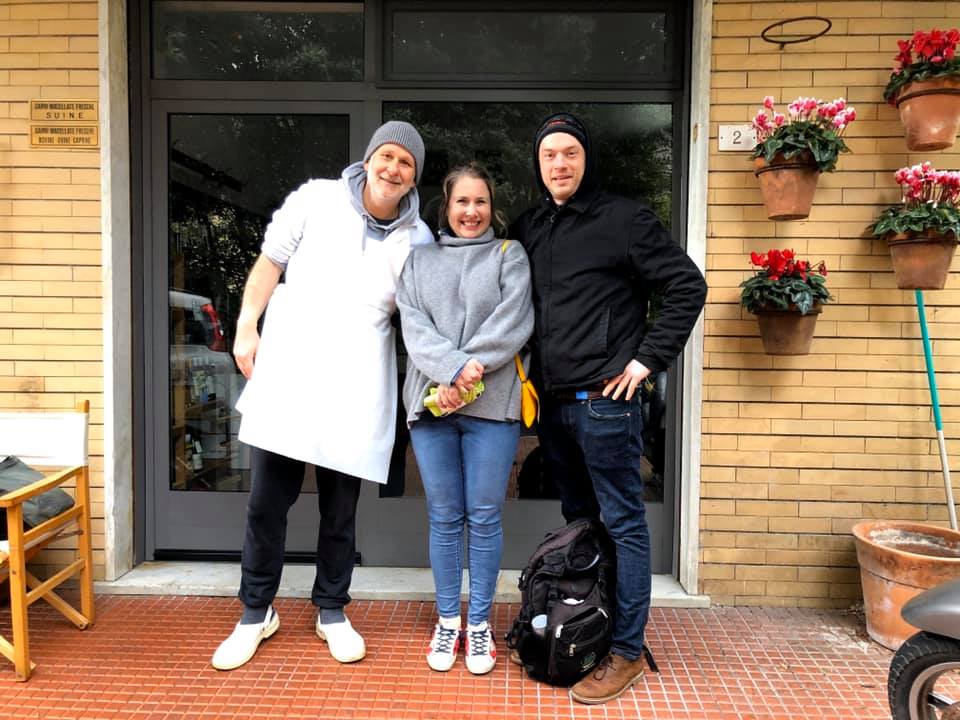

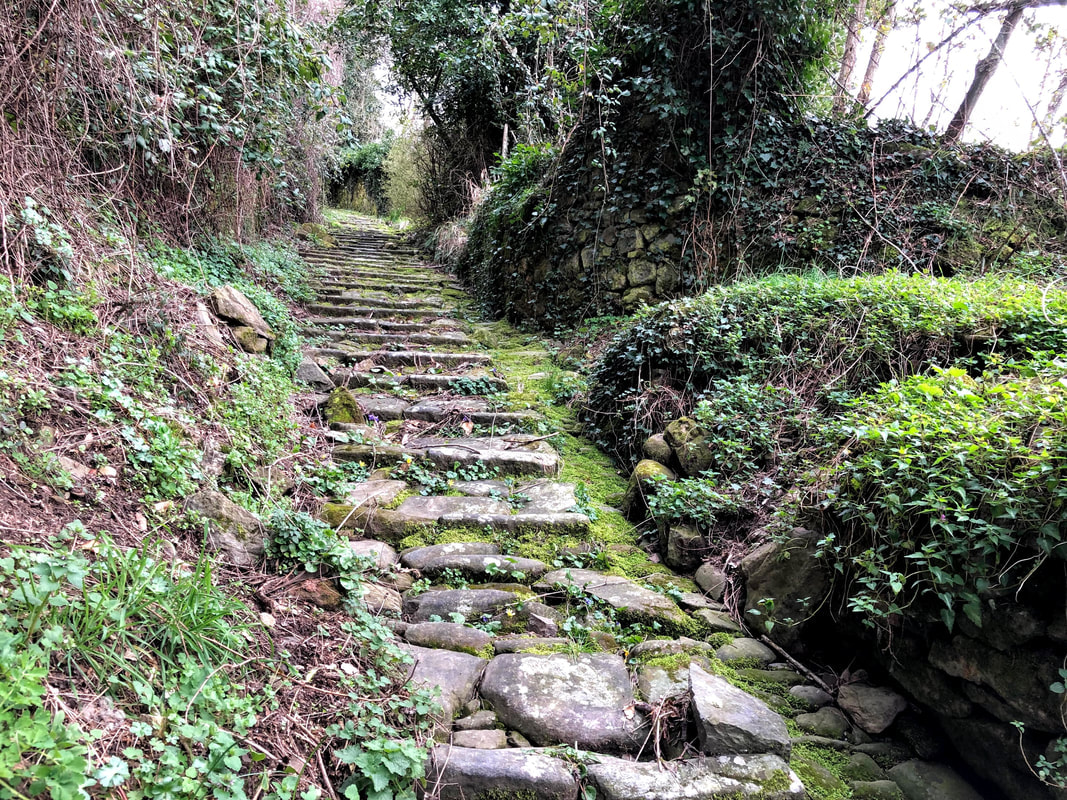
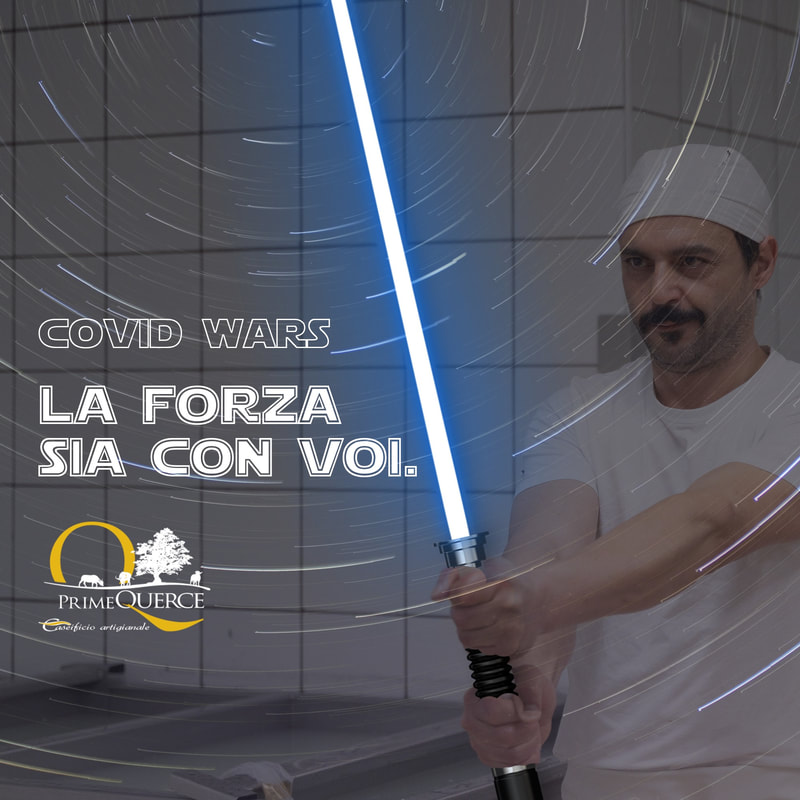
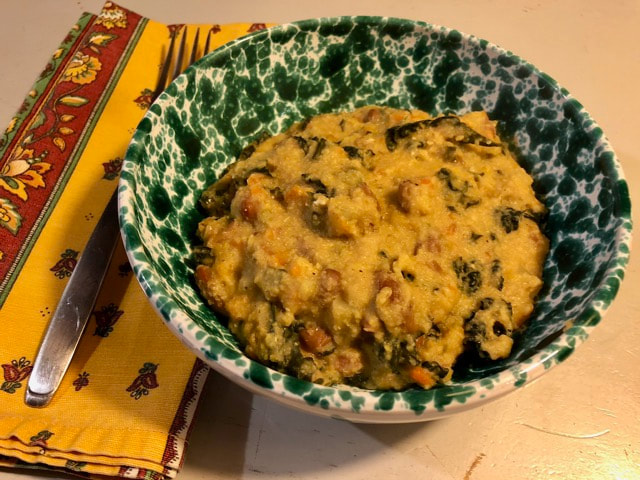
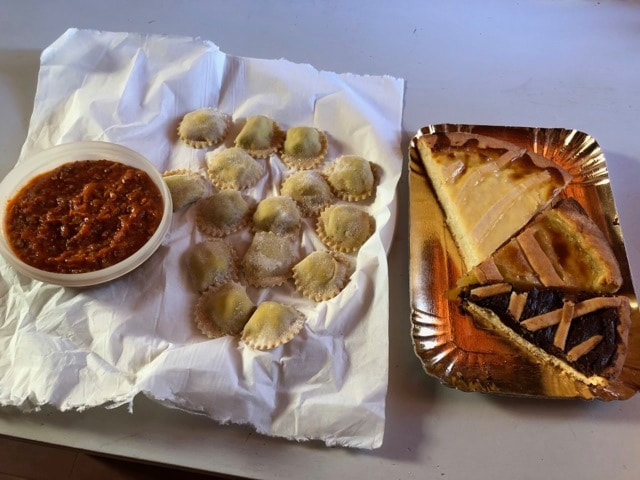
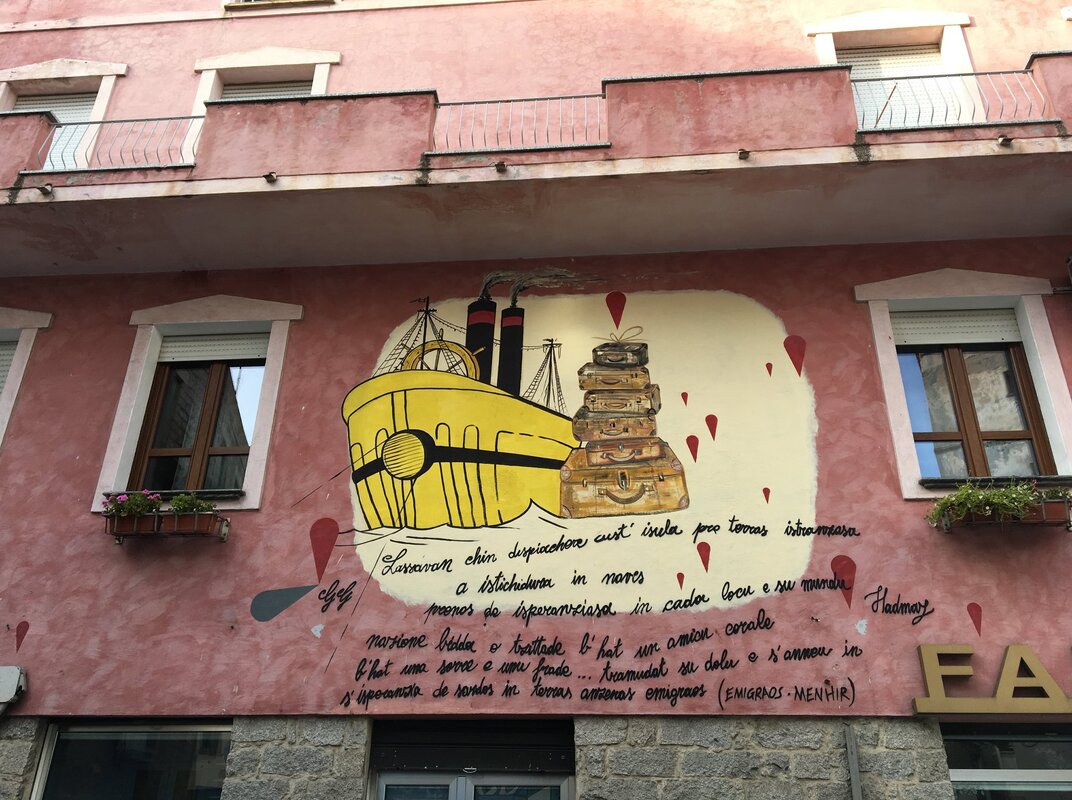
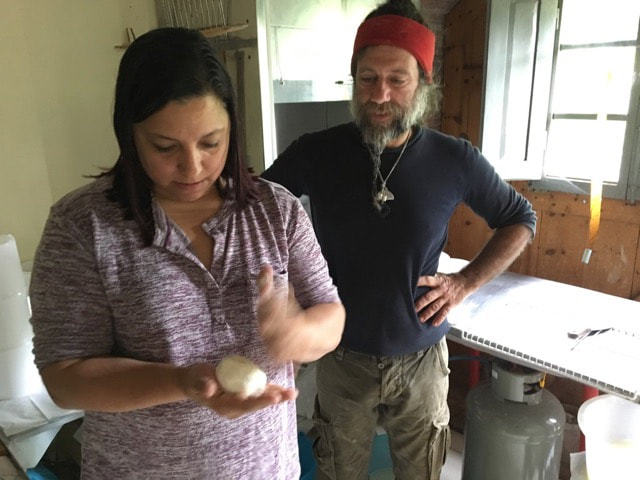
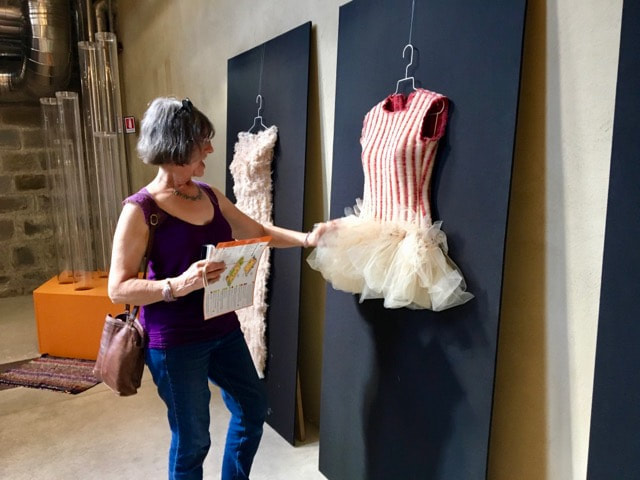
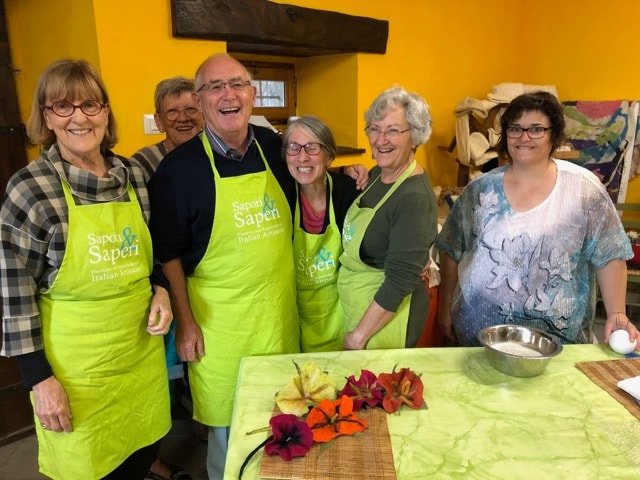
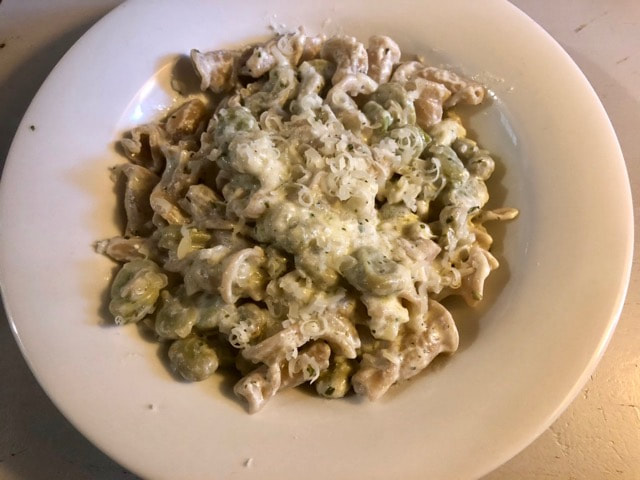
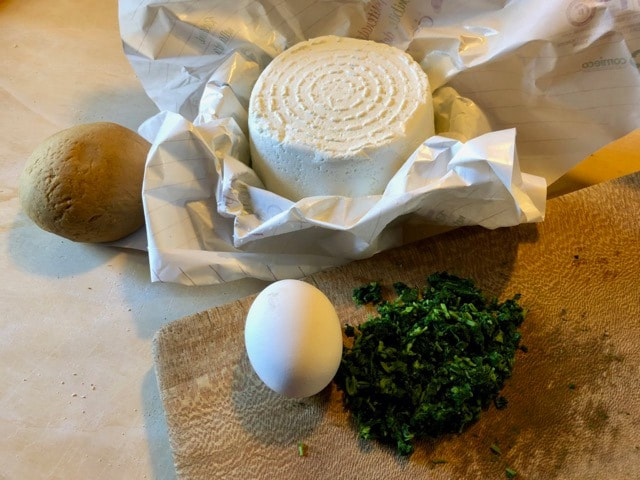
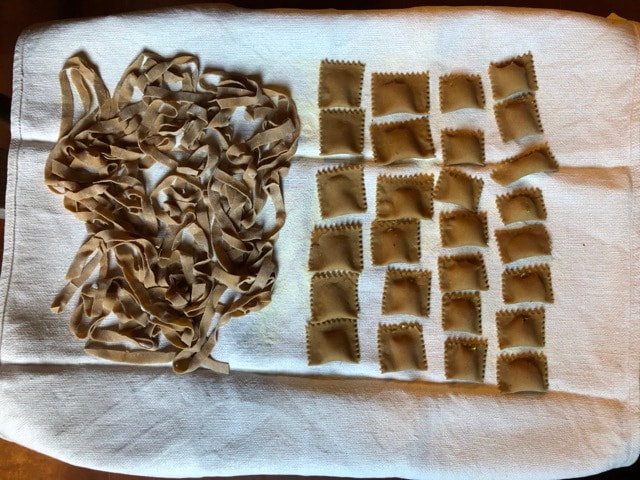
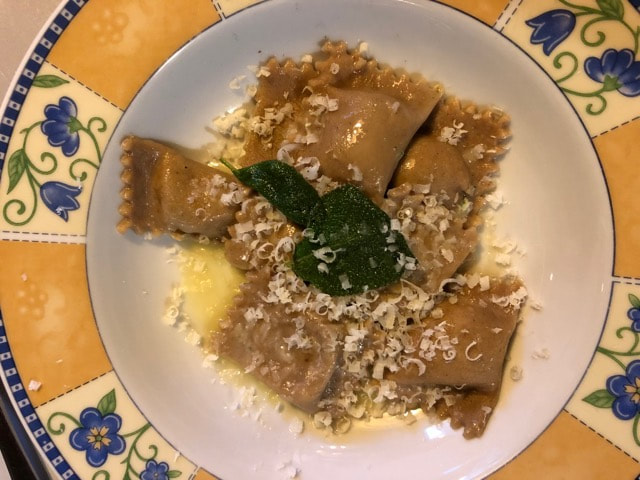
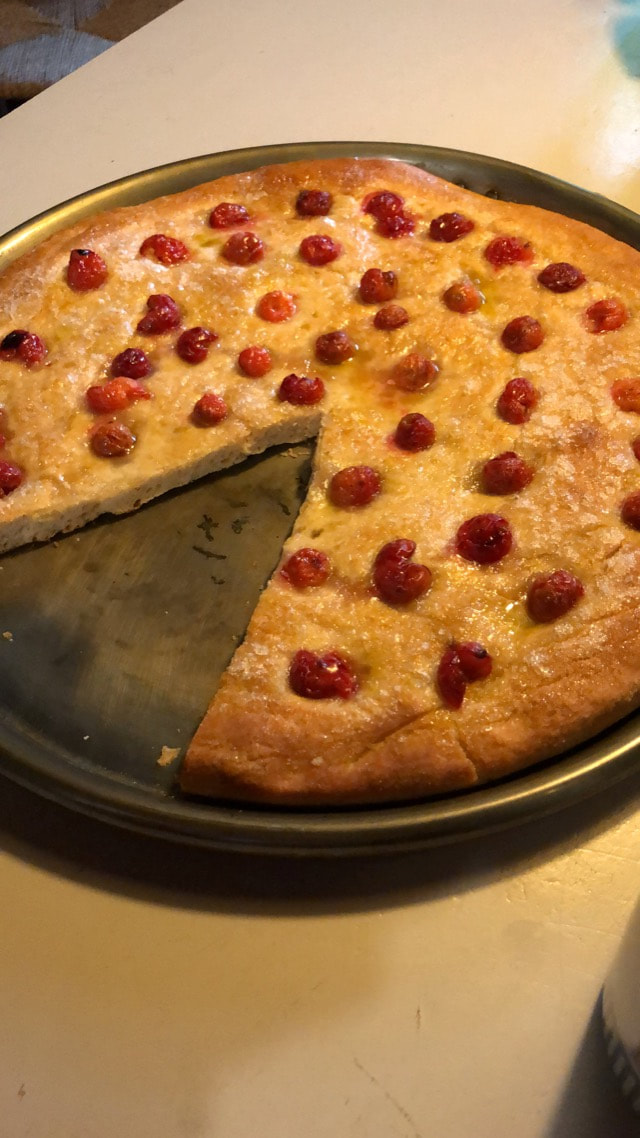
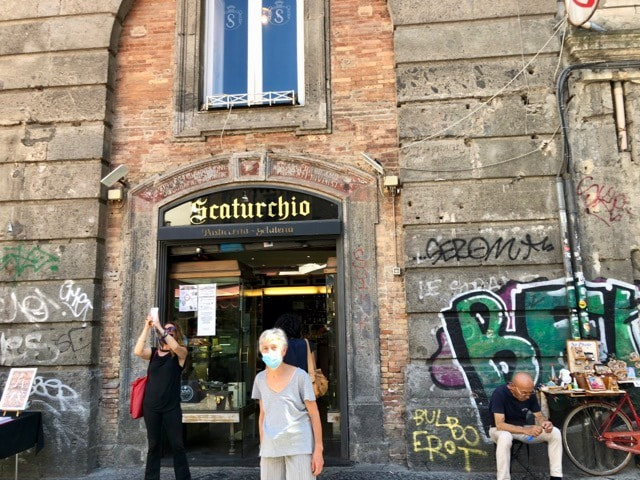
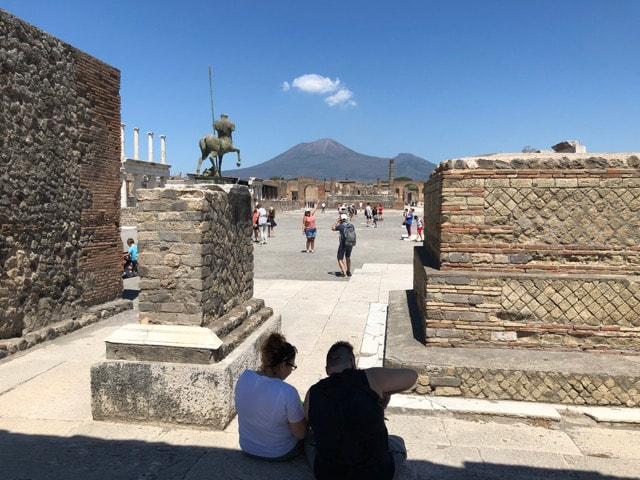
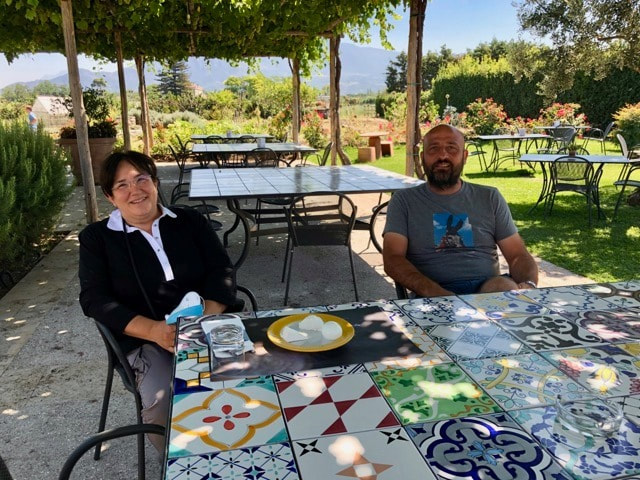

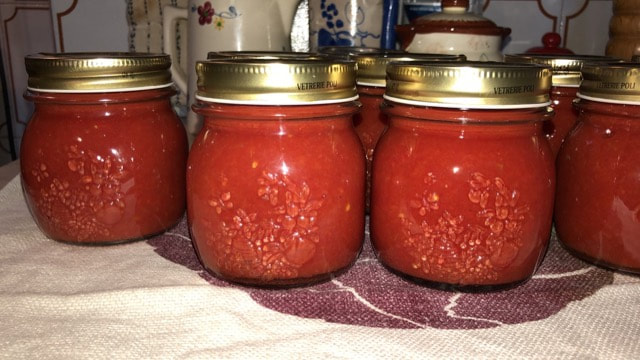
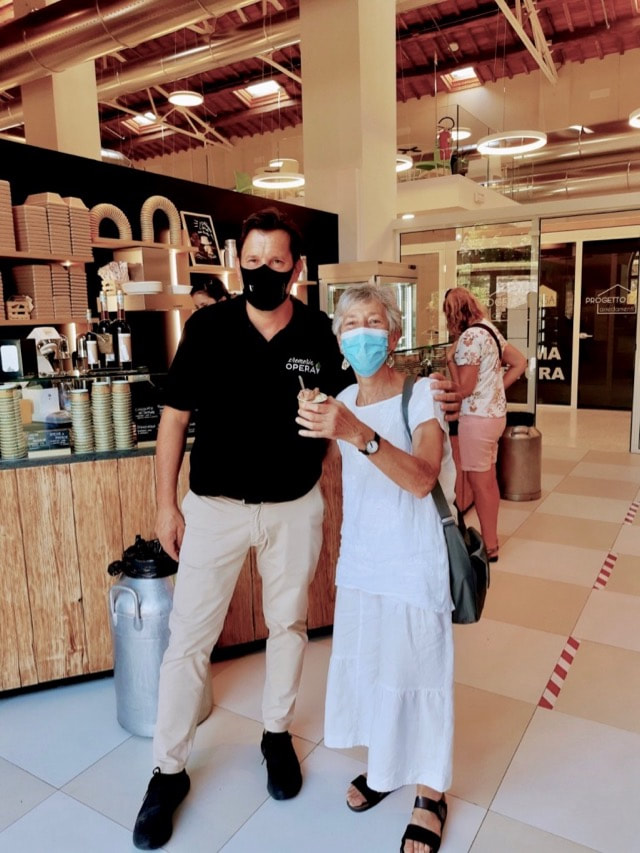
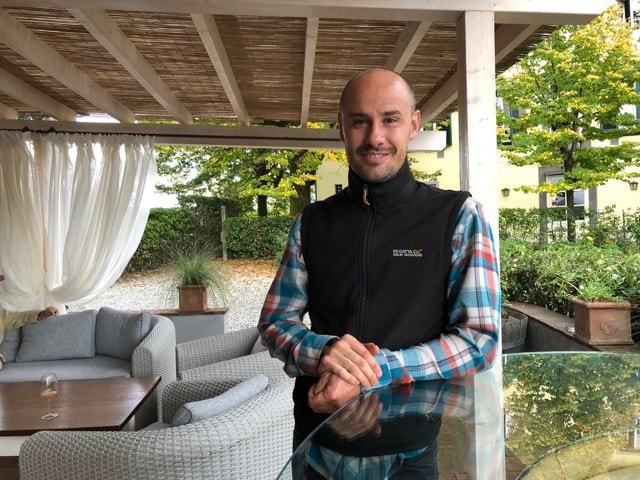
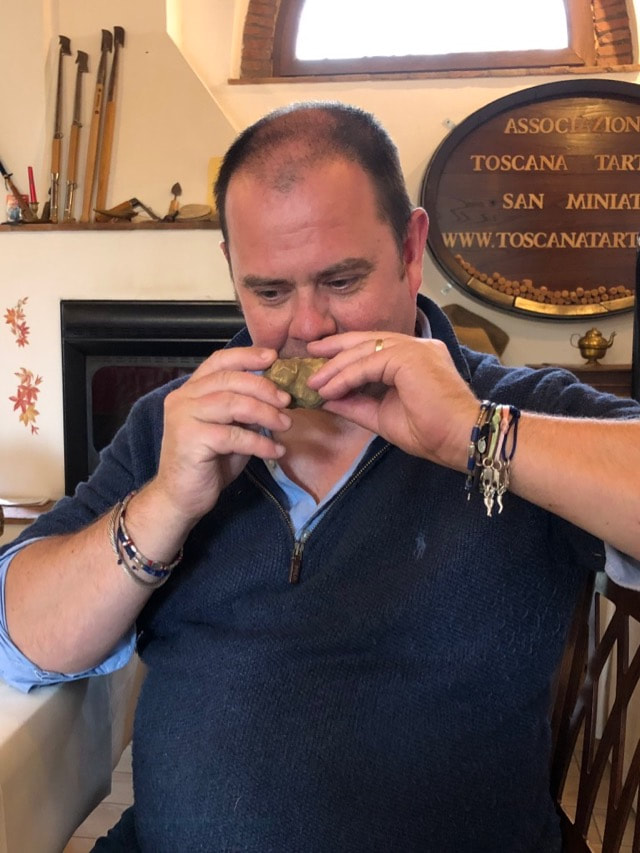
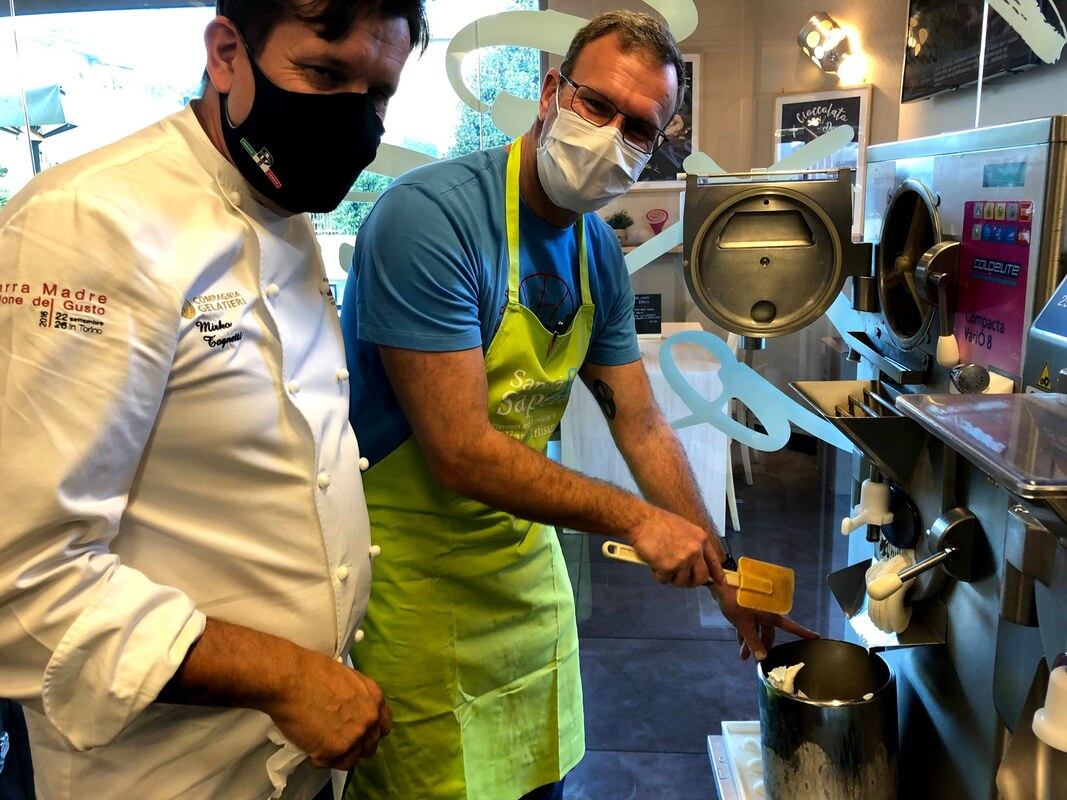

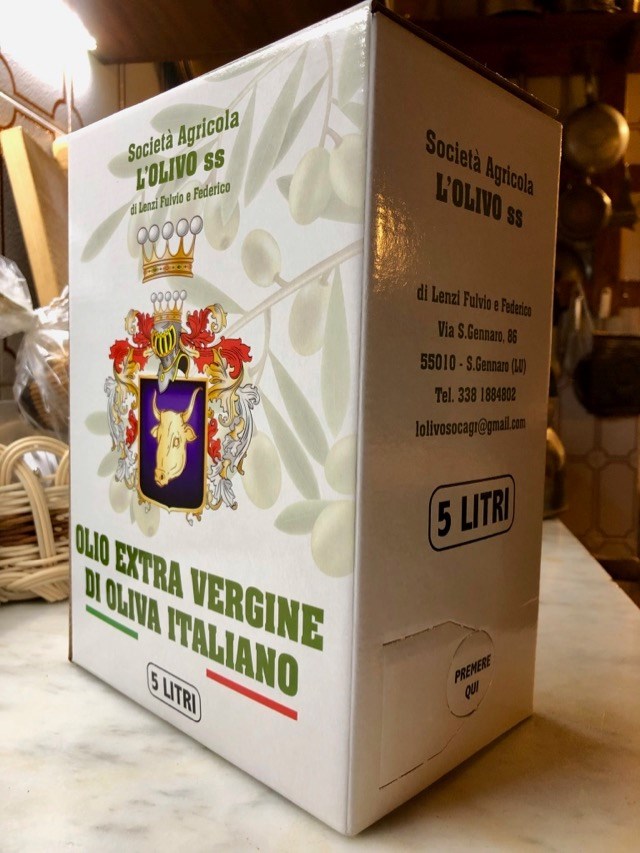
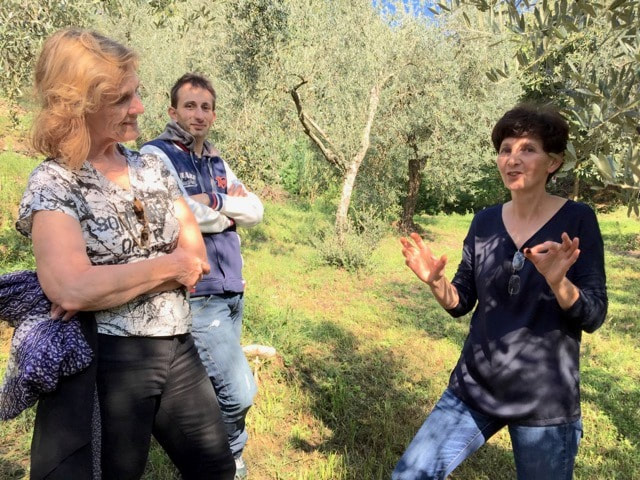
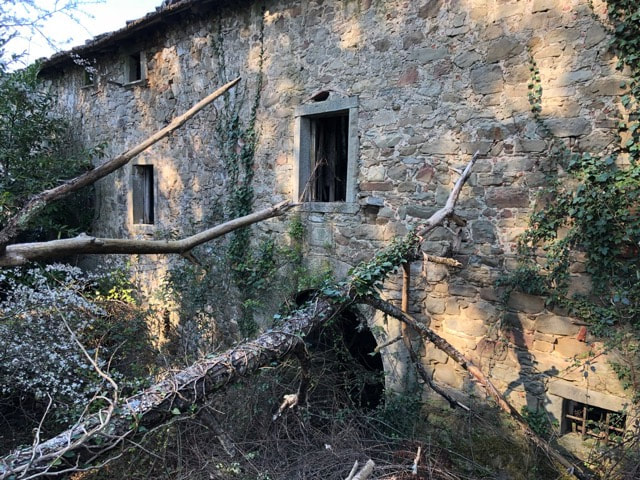
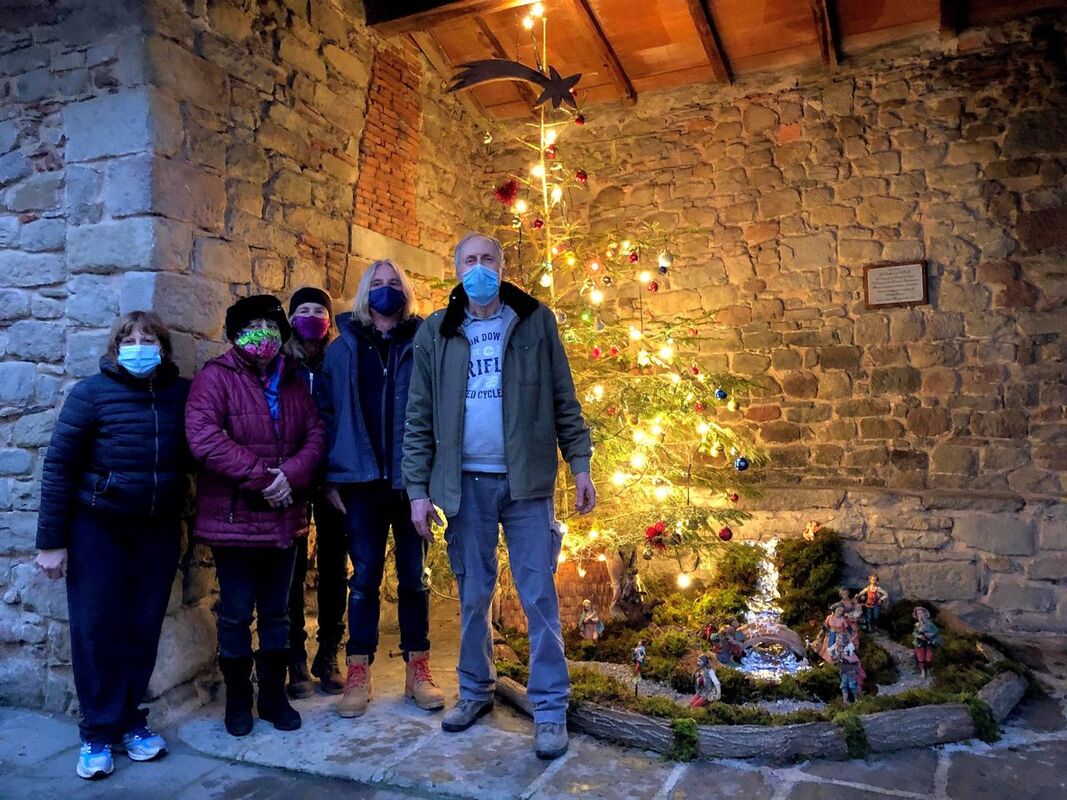
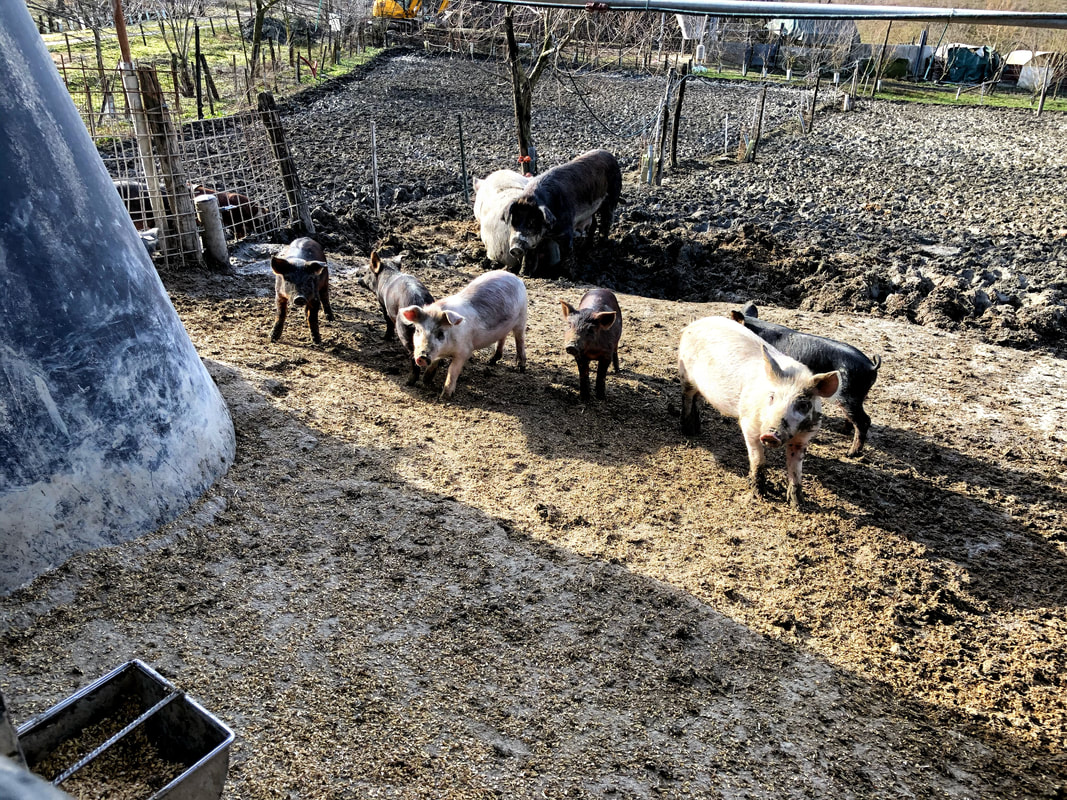
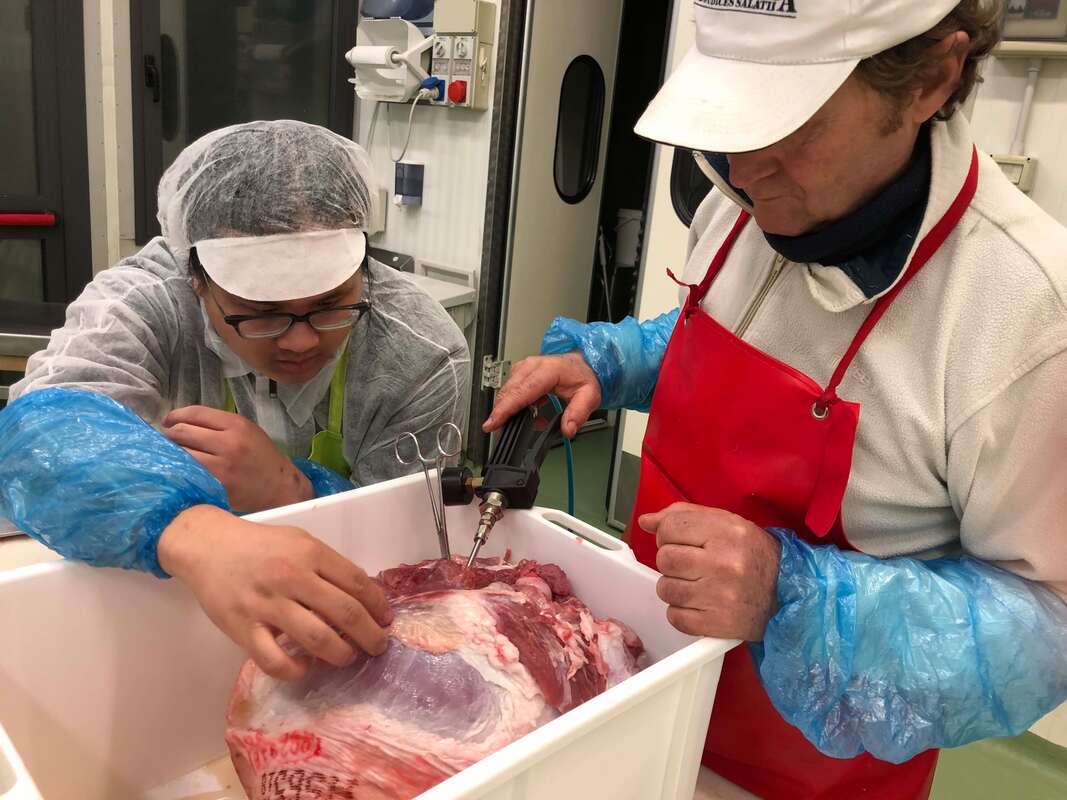
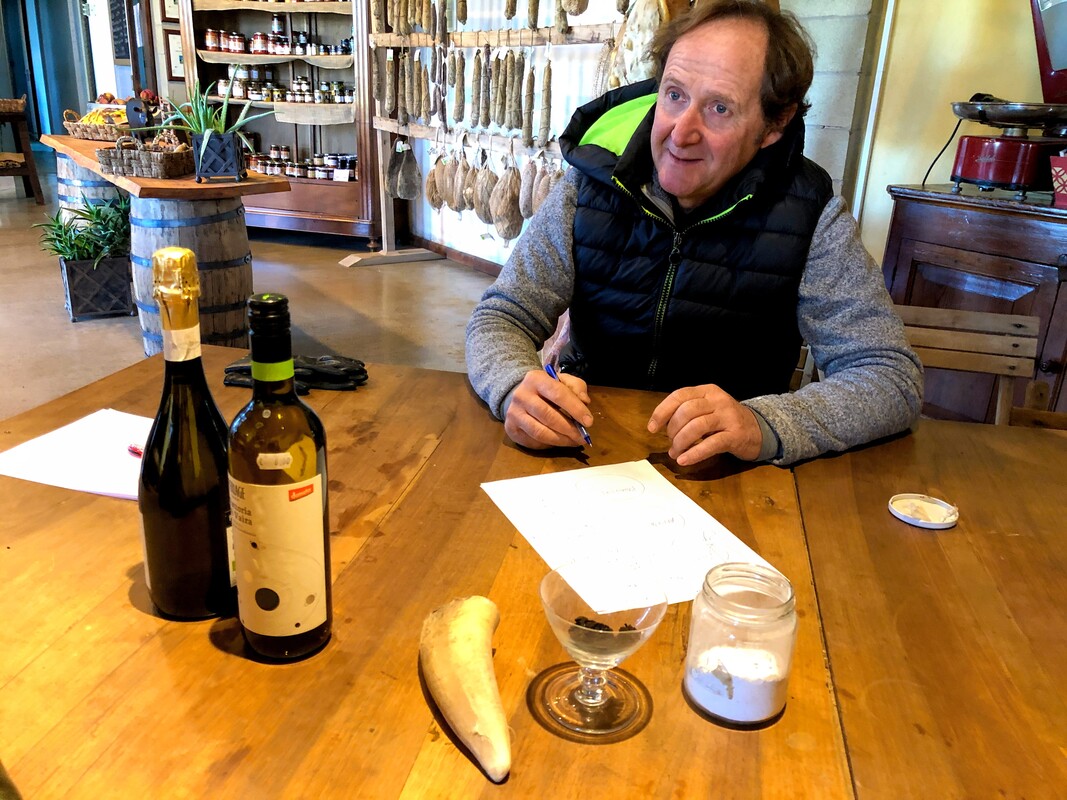
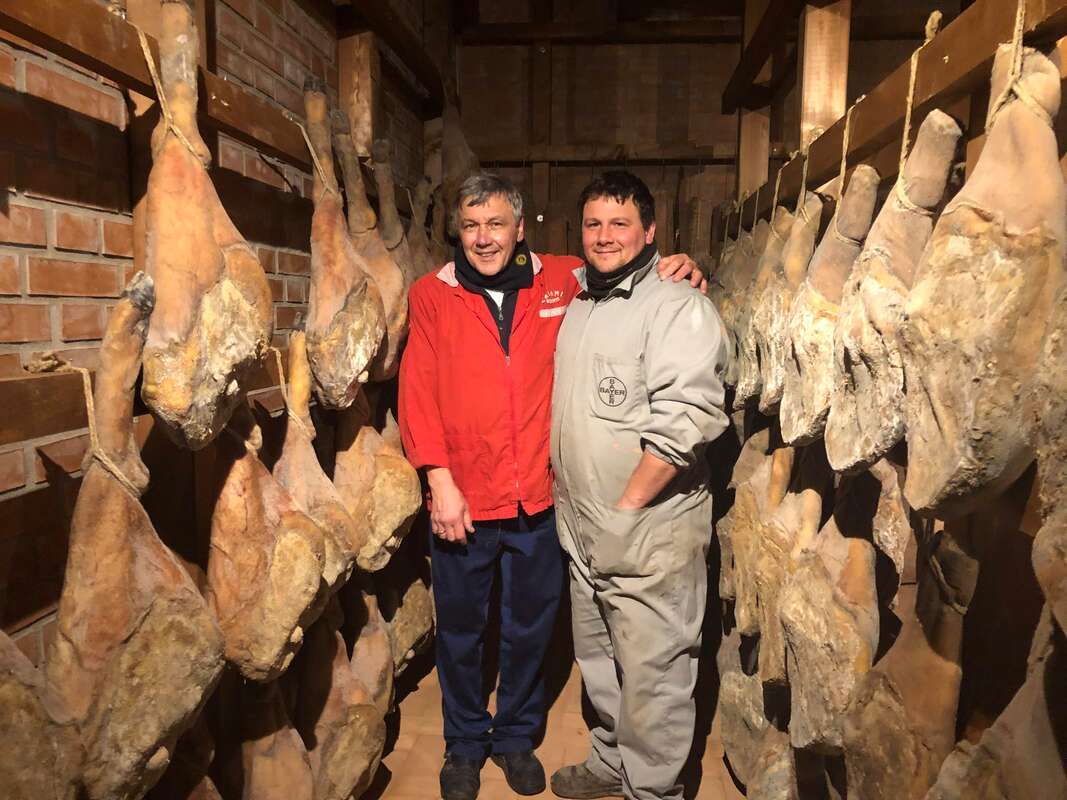
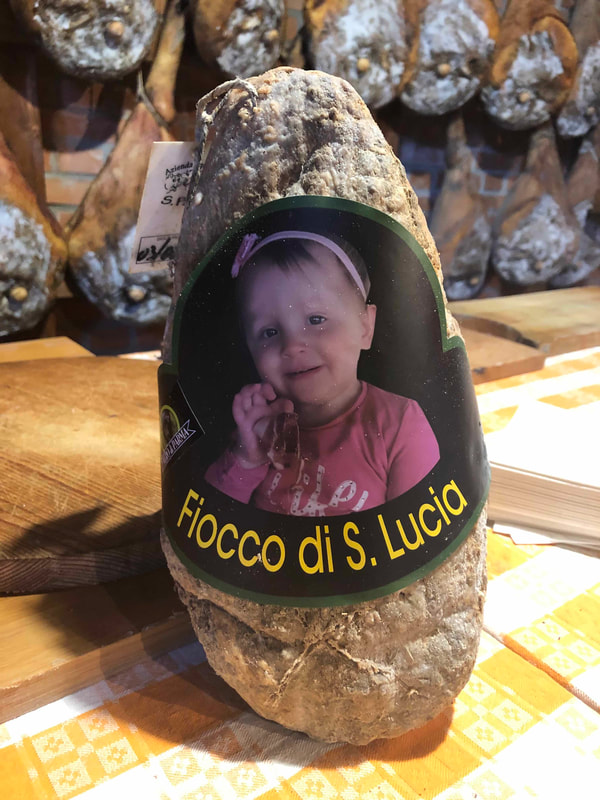

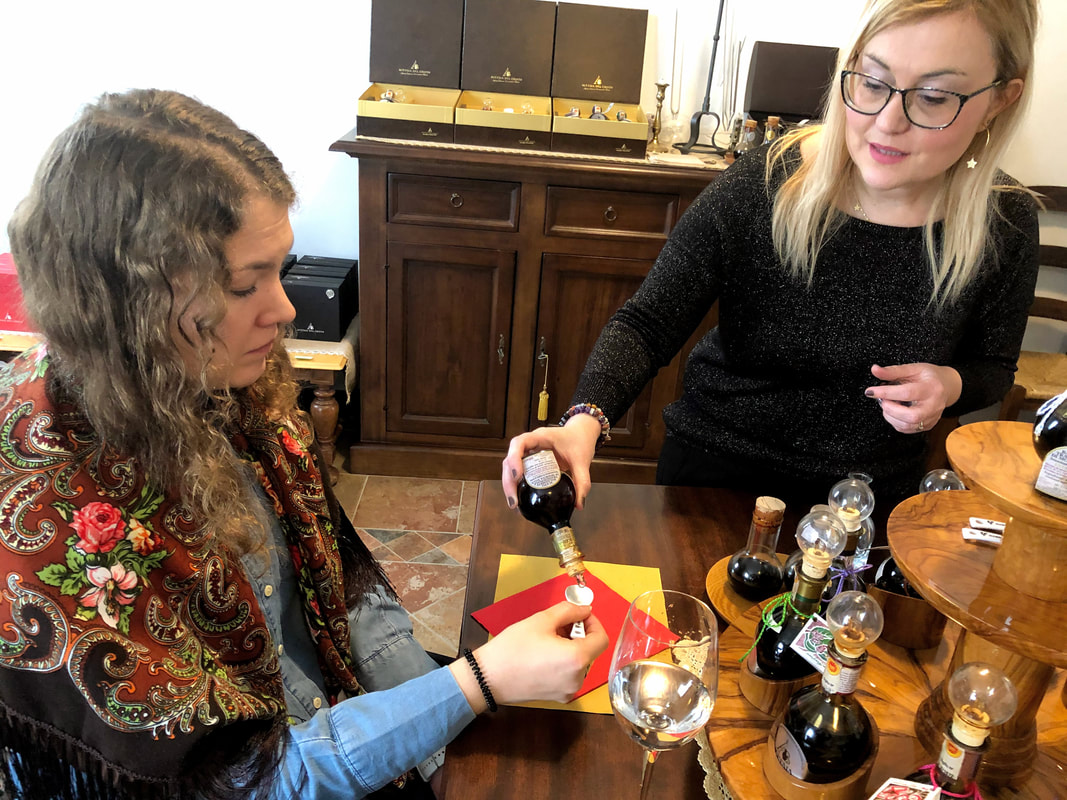
 RSS Feed
RSS Feed



